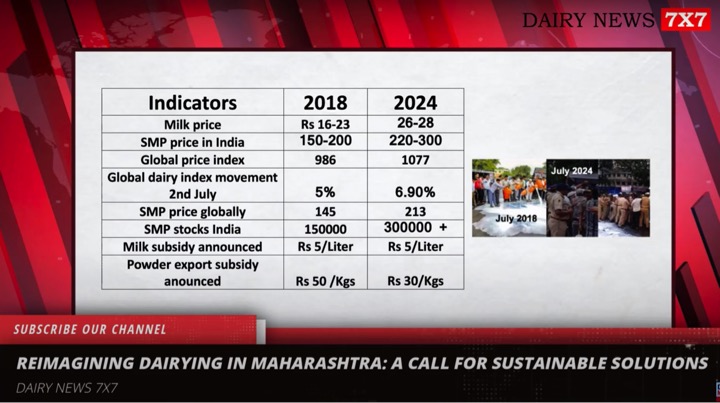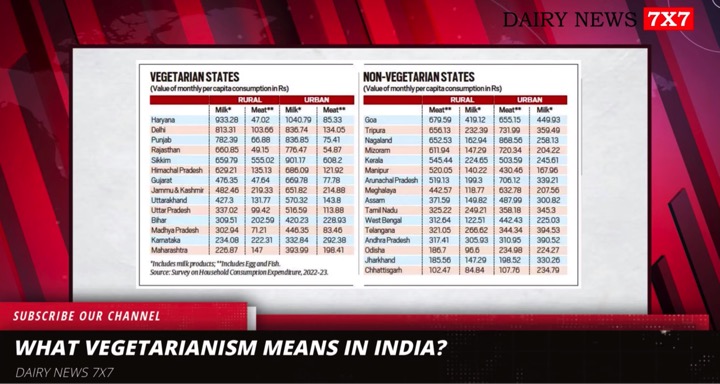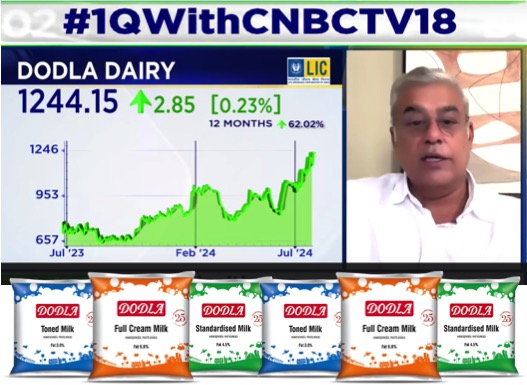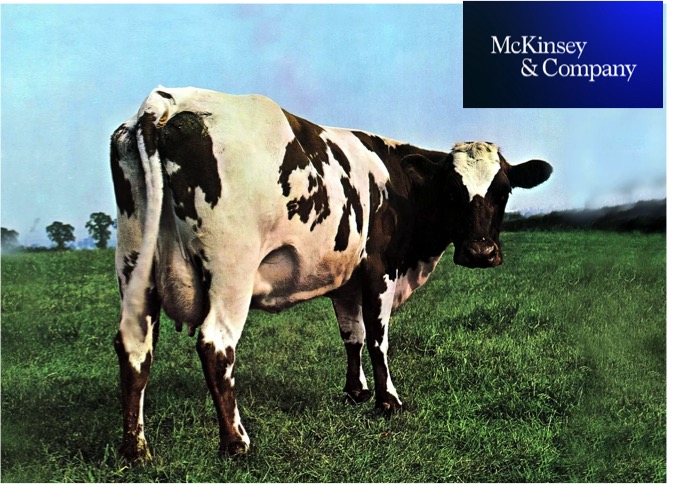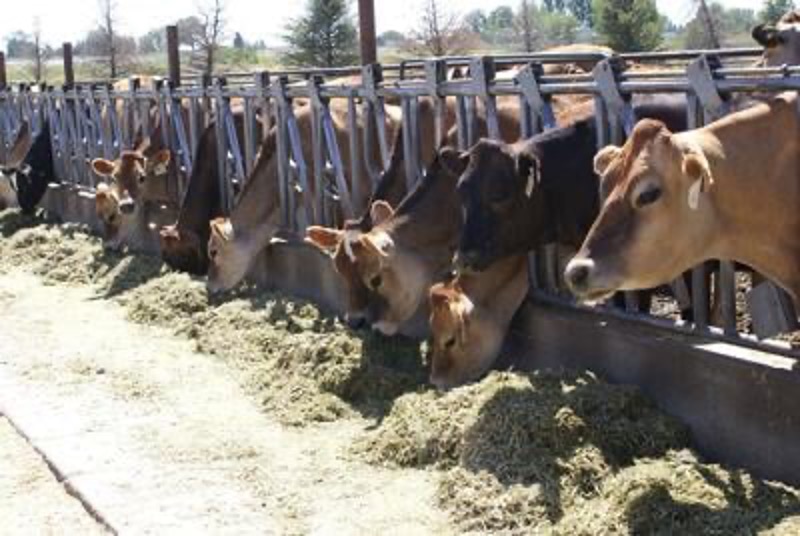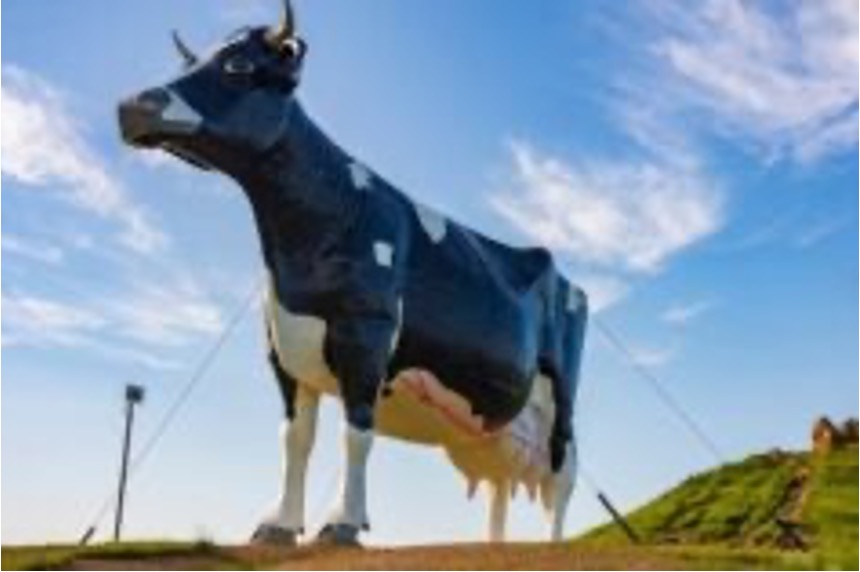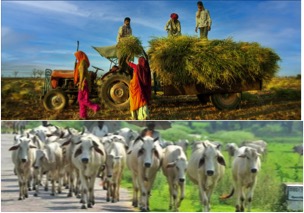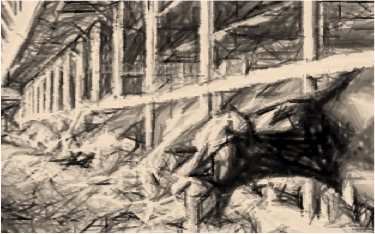THE CUMULATIVE number of cattle deaths caused by lumpy skin disease has gone up to 97,435 as on September 23 – almost double from the 49,682 deaths recorded about three weeks ago, according to official data.
The data available with the Ministry of Fisheries, Animal Husbandry and Dairying shows that the lumpy skin disease has spread across 251 districts in 15 states and affected over 20 lakh animals till September 23.
On August 30, Union Minister of State for Fisheries, Animal Husbandry and Dairying Sanjeev Kumar Balyan had told The Indian Express that the disease has affected 11.2 lakh cattle, including 49,682 cattle deaths, in 165 districts across a dozen states and Union Territories.
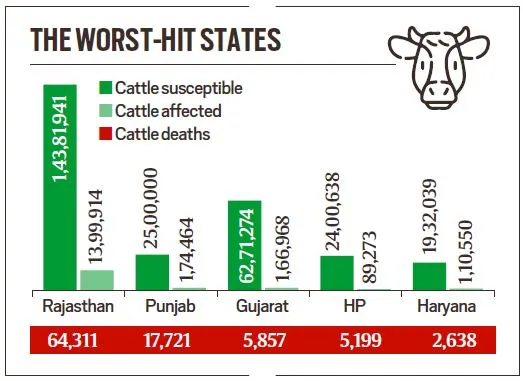
According to the data, there were 43,759 “epicentres” of the disease across 15 states and UTs — Gujarat, Himachal Pradesh, Punjab, Rajasthan, Uttarakhand, Madhya Pradesh, Jammu and Kashmir, Uttar Pradesh, Haryana, Maharashtra, Goa, West Bengal, Andhra Pradesh, Delhi and Bihar. The number of cattle “susceptible” to the disease in these states stood at 3.60 crore. The data shows that the number of cattle “affected” due to the disease stood at 20.56 lakh and out of these, 12.70 lakh animals have “recovered”.
Of the 20.56 lakh affected animals, a maximum number of 13.99 lakh cattle have been reported in Rajasthan, followed by Punjab (1.74 lakh) and Gujarat (1.66 lakh).
The most deaths caused by lumpy skin disease have also been reported from Rajasthan, where 64,311 animals have died till September 23. This is followed by 17,721 cattle deaths due to the disease in Punjab. The data shows that 1.66 crore cattle have been vaccinated against the disease till September 23.
Earlier this month, Prime Minister Narendra Modi stated that there has been a loss of livestock because of the disease across several states and the Centre, along with various state governments, was trying hard to control it.
Addressing the inaugural session of IDF World Dairy Summit 2022 in Greater Noida on September 12, the Prime Minister said, “Our scientists have developed an indigenous vaccine for lumpy skin disease,” he said, adding that efforts were also being made to control the disease by expediting testing and restricting the movement of animals.







